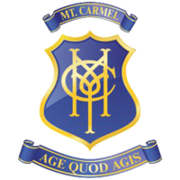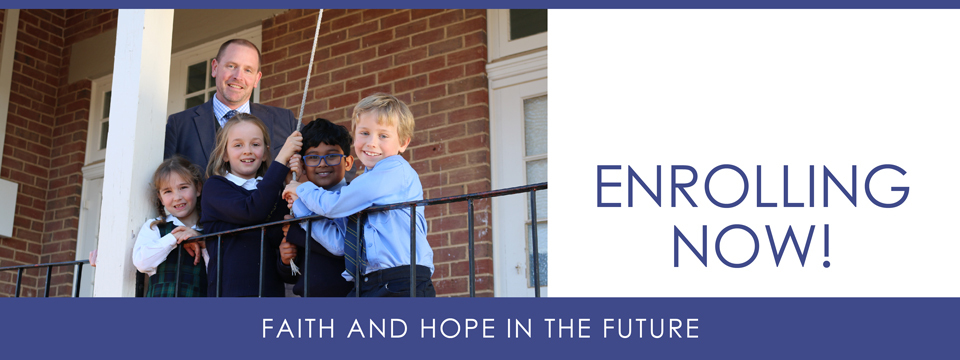Remote Learning Hub
The Remote Learning Hub is a resource to guide families supporting their child's education away from school.
This includes:
- Resources aimed to support families and students to continue their learning from home
- Access to digital resources to reinforce curriculum areas covered at school
- Advice and resources to assist families with learning delivery.
If for any reason a child is unable to attend school for extended period of time, it is important to ensure that their education continues and families play an active role in facilitating this. This may mean following the classroom program or assisting students to continue building upon skills and understanding relevant to their age, competency and the NSW Australian Curriculum. It is not homeschooling, but rather an opportunity to spend time with your child/ren assisting them to grow and learn, with the help and guidance of their classroom teacher.
Contacting Teachers
The best way to contact your child's teacher is via email, but please be patient and allow time for teachers to respond. Information will be posted regularly on your child's Google Classroom.
Set a Schedule
Set a schedule, but one that provides freedom and flexibility. Have a look at our planning advice below in order to best plan out your child's learning experiences.
Resources
Teachers will provide access to a variety of learning opportunities for students to engage with. Remote learning will not be solely online, so have some resources ready, such as pencils, scissors, paper etc. The Remote Learning Hub is developing a link library to assist families in navigating the large selection of educational resources available online.
Planning Your Day
Your child's teacher will provide you with a range of planned lessons and activities, but learning should be flexible. Within a day of learning, each student could be involved in:
- 20 minutes of reading
- 30 minutes of English activities – (writing, spelling, handwriting etc.)
- 20 minutes of Religious Education (including prayer and reflection)
- 40 minutes of Maths activities - (maths dice games, online programs, problem solving worksheets etc.)
- 30 minutes of physical activity - (dance and movement videos, indoor/outdoor exercise etc.)
- 40 minutes of Integrated Learning (Science, History, Geography, Digital Technology, The Arts, Home Investigations etc.)
It is always important to allow plenty of opportunities for breaks and movement between activities.




